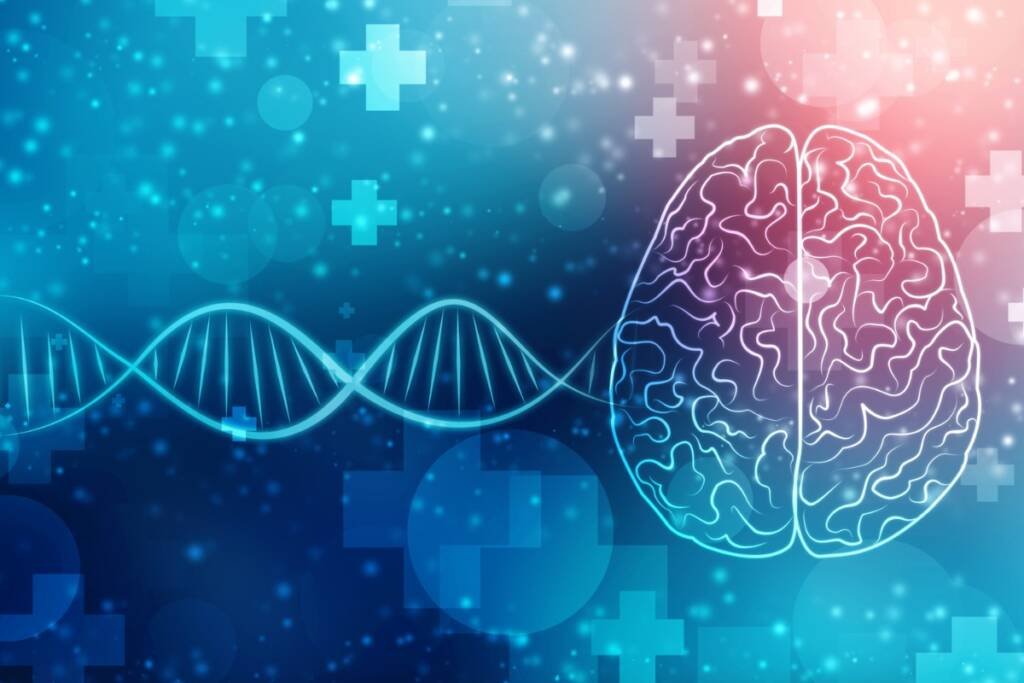Source –uniQure
On June 21, 2023 uniQure announced promising interim data, including up to 24 months of follow-up, from 26 patients enrolled in the ongoing US Phase I/II clinical trial of AMT-130 for the treatment of Huntington’s disease.
Investors are not at all persuaded by the data that uniQure gave from its Phase I/II research of its gene therapy for Huntington’s disease, despite the fact that it claimed the findings were promising.
The readout from the trial of AMT-130, which came from data seen with 26 patients during a follow-up period that, in some cases, runs out to 24 months, caused shares in the Dutch biotech to drop by more than 40%.
Investors were alarmed by data on the gene therapy’s impact on mutant huntingtin protein levels, which were predicted to decrease if the therapy was successful in providing patients with a functional copy of the huntingtin gene.
The first four patients recruited in a low-dose cohort of the research’s trial had 12-month data released by uniQure the previous year. This data revealed an average 54% drop in mHTT levels, which sparked enthusiasm that a potent treatment for the debilitating neurological illness could be in the works.
The trend has changed since the most recent update. Patients receiving a larger dose experienced a rise of nearly 40%, which was greater than the 4.7% increase in a control group that received a sham surgery. Patients in the low-dose group had a decrease of just 8% after 24 months.
“One possible explanation for the aberrant mHTT data is that the treatment only affects a small area of the brain – 20 g out of a typical 1,300 g brain – and levels of the protein could be lower there and higher elsewhere, skewing the CSF results.”
– Matthew Kapusta, CEO of uniQure
Another Huntington’s disease biomarker, the amount of neurofilament light chain (Nfl) in the cerebrospinal fluid (CSF), which is assumed to be a sign of neurodegeneration, showed a similar trend.
UniQure said that the brief rise in CSF Nfl levels in AMT-130 patients was predicted, not dose-dependent, and that it eventually fell in all patients. Levels were 12.9% below baseline at 24 months, compared to 6.8% for controls. Again, the high-dose group was the confounder; after 12 months, NfL levels had increased on average by 51.5%.
“We are very pleased with the data from the interim analysis of our U.S. Phase I/II clinical trial of AMT-130, a one-time administered investigational gene therapy for Huntington’s Disease. AMT-130 continues to be generally well-tolerated with a manageable safety profile at both doses. Importantly, both doses show preliminary evidence of clinical and functional benefits, including favorable trends in Total Motor Score, Total Functional Capacity and the composite Unified Huntington’s Disease Rating Scale compared to natural history. We plan to engage with regulators to advance this promising clinical program as we collect more data from these patients and from our European study.”
– Ricardo Dolmetsch, Ph.D., president of research and development at uniQure
The company’s efforts to underline early evidence pointing to a therapeutic benefit of the medication were hampered by the perplexing biomarker findings.
These included tendencies in the direction of improvement on a number of clinical rating measures, including the composite unified Huntington’s disease rating scale (cUHDRS), total motor score (TMS), and total functional capacity (TFC).
At 12 months, the TMS scores of the control group got worse, but their TFC and cUHDRS values didn’t alter all that much.





























